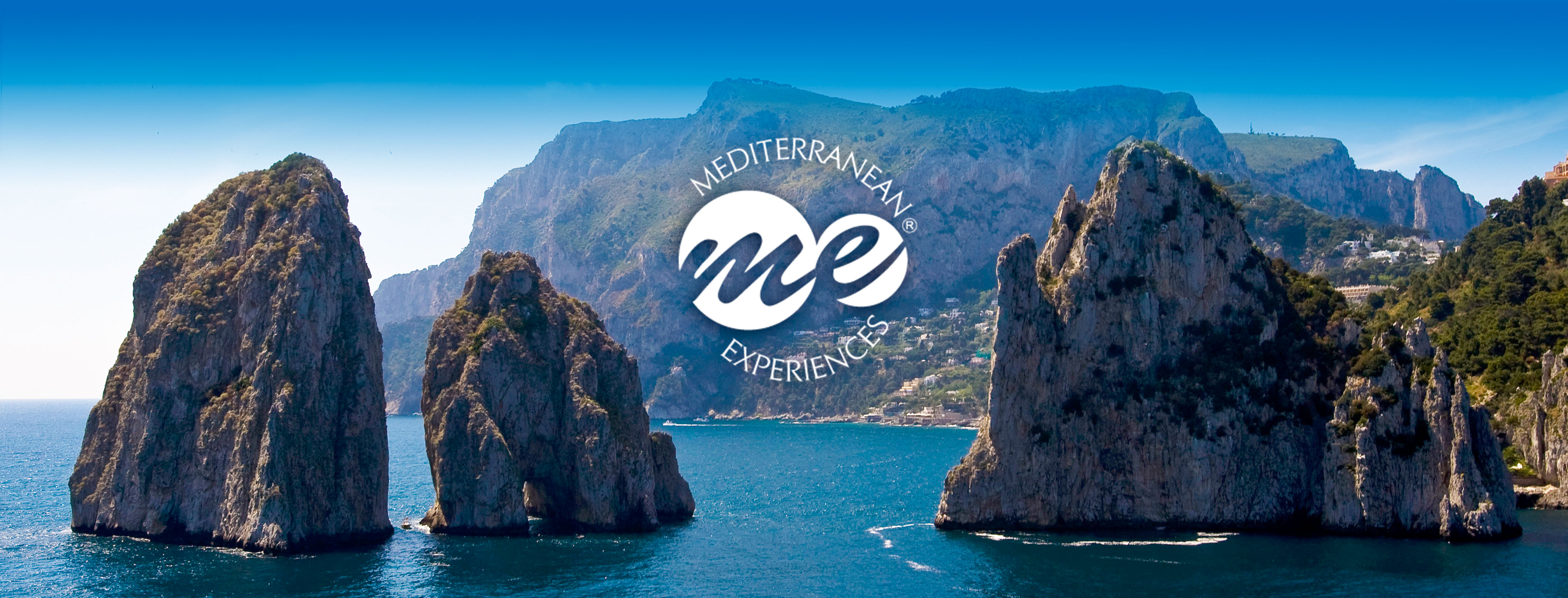
Montenegro is a sovereign state in Southeastern Europe. It has a coast on the Adriatic Sea to the south-west and is bordered by Croatia to the west, Bosnia and Herzegovina to the northwest, Serbia to the northeast and Albania to the south-east. All different cultures which influenced Montenegro also touched the Montenegrin cuisine. Monenegrin cuisine is a result of Montenegro’s long history. It is a variation of Mediterranean and Oriental. The most influence is from Italy, Turkey, Byzantine Empire/Greece, and as well from Hungary. Montenegrin cuisine also varies geographically. The traditional dishes of Montenegro’s heartland, and its Adriatic coast have a distinctively Italian flavour which shows in the bread-making style, the way meat is cured and dried, cheese-making, wine, and spirits, the soup and stew (čorba) making style, polenta, stuffed peppers, meatballs, priganice (fritters), raštan, etc. The second large influence came from the Levant and Turkey, largely via Serbia: sarma, musaka, pilav, pita, gibanica, burek, ćevapi, kebab, and Turkish sweets like baklava and tulumba, etc. Hungarian dishes include goulash, sataraš, and đuveč, which are also very common. Last but not least, Croatian cuisine made its mark mostly in the desserts department. Crêpes, doughnuts, jams, myriad types of biscuits and cakes, all make a contribution to the average Montenegrin’s waist-line.
